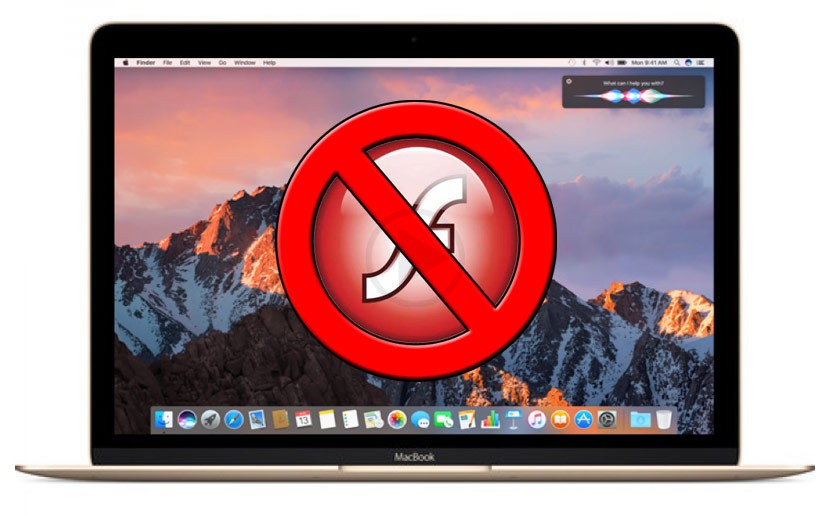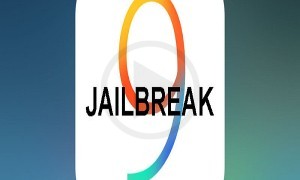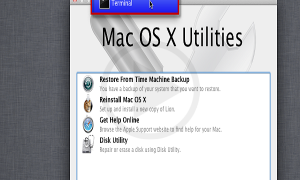Common plug‐in such as QuickTime, Silverlight, Java, Adobe Flash are going to be disabled by Apple by Default when the macOS Sierra and Safari 10 will all be set to ship. The focus of the company is the overall improvement, experience and content of HTML 5. Ricky Mondello, an Apple developer explained on a WebKit blog post that when HTML5 content ad Flash is offered by a website, the modern implementation of the HTML 5 will be delivered by Safari.
If a plug in is needed by a website so that it can function, then that can be activated by a user with the help of the click of a button from the Chrome browser of Google. It is detected in a lot of websites, that if Flash is not available, a message will be displayed along with a link which guides the users to install the necessary plug in or download the Flash from the official website of Adobe. If any of the link is clicked by the user, then they will get the necessary information if the plug in needs to be activated again every time or just for one time or if it has already been installed.
By default, the onetime activation option is available; this is also the case when it comes to the other plug‐ins that is commonly used. The button called Click to use will be presented in an element placeholder by Safari. Even here, the same option of one time or multiple times will be provided to the user.
In order to get the plug‐in activated, the additional option of reloading the page will be given which is included in the command that is available in Safari 10. The user can also go ahead and choose the various plug‐in that are available since it will be available for them.





























